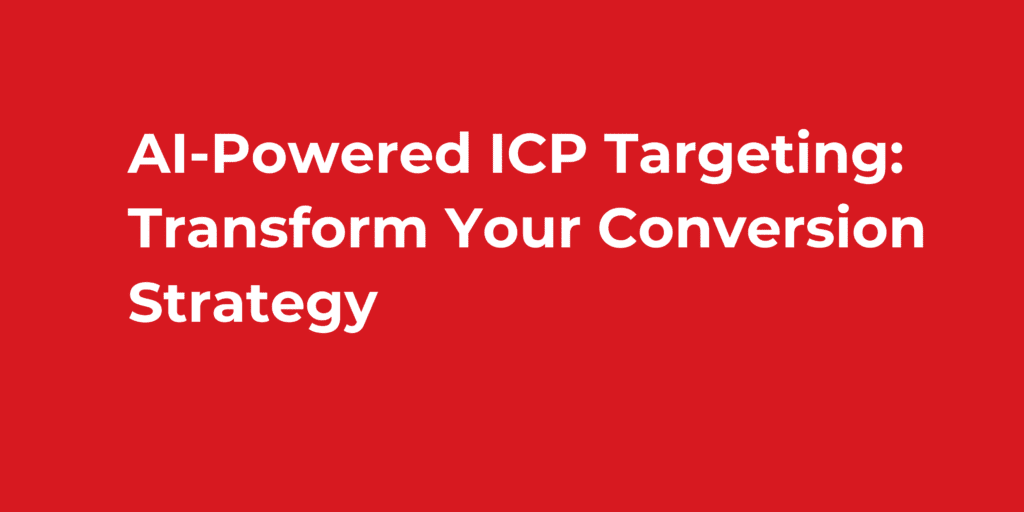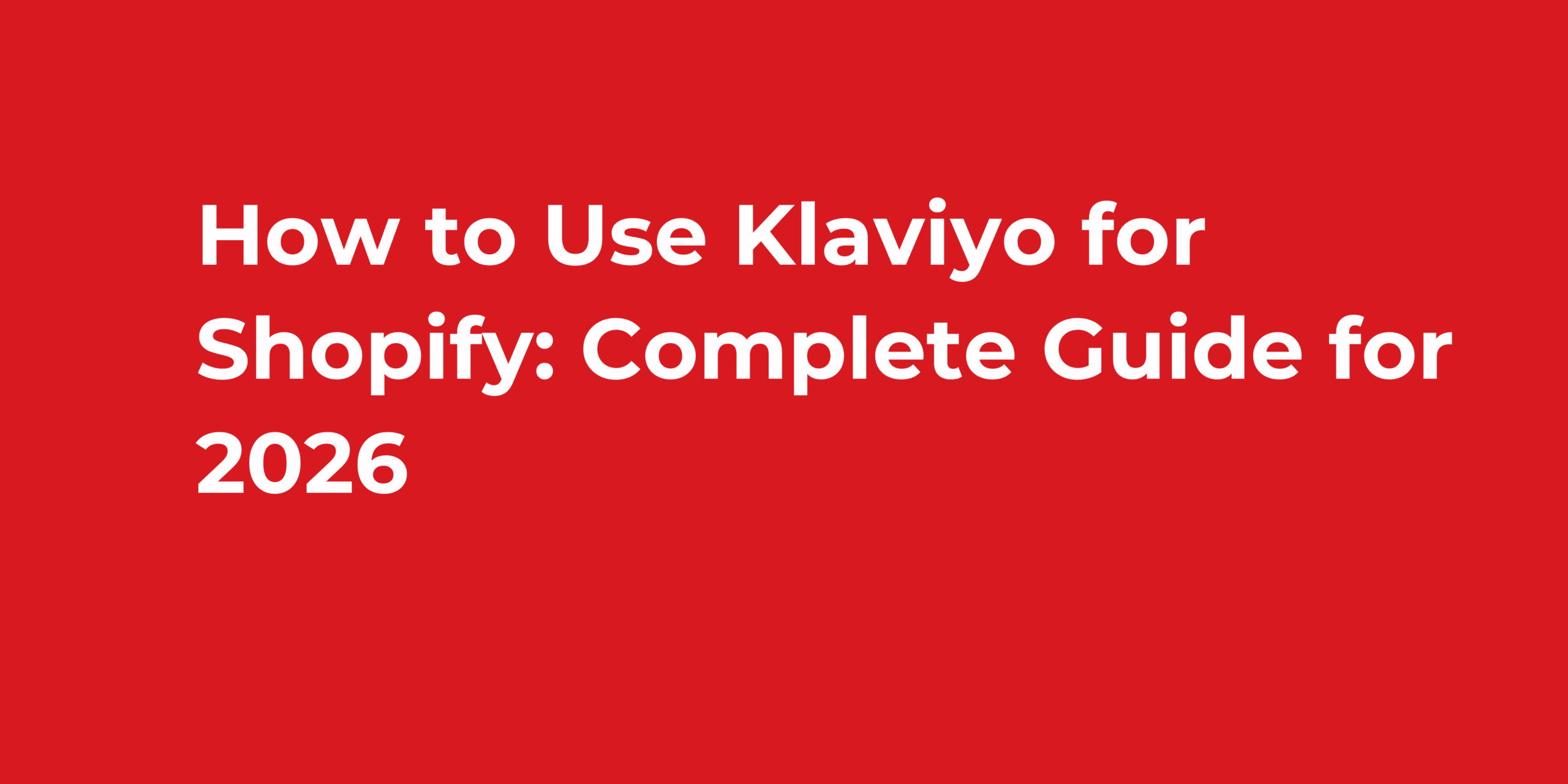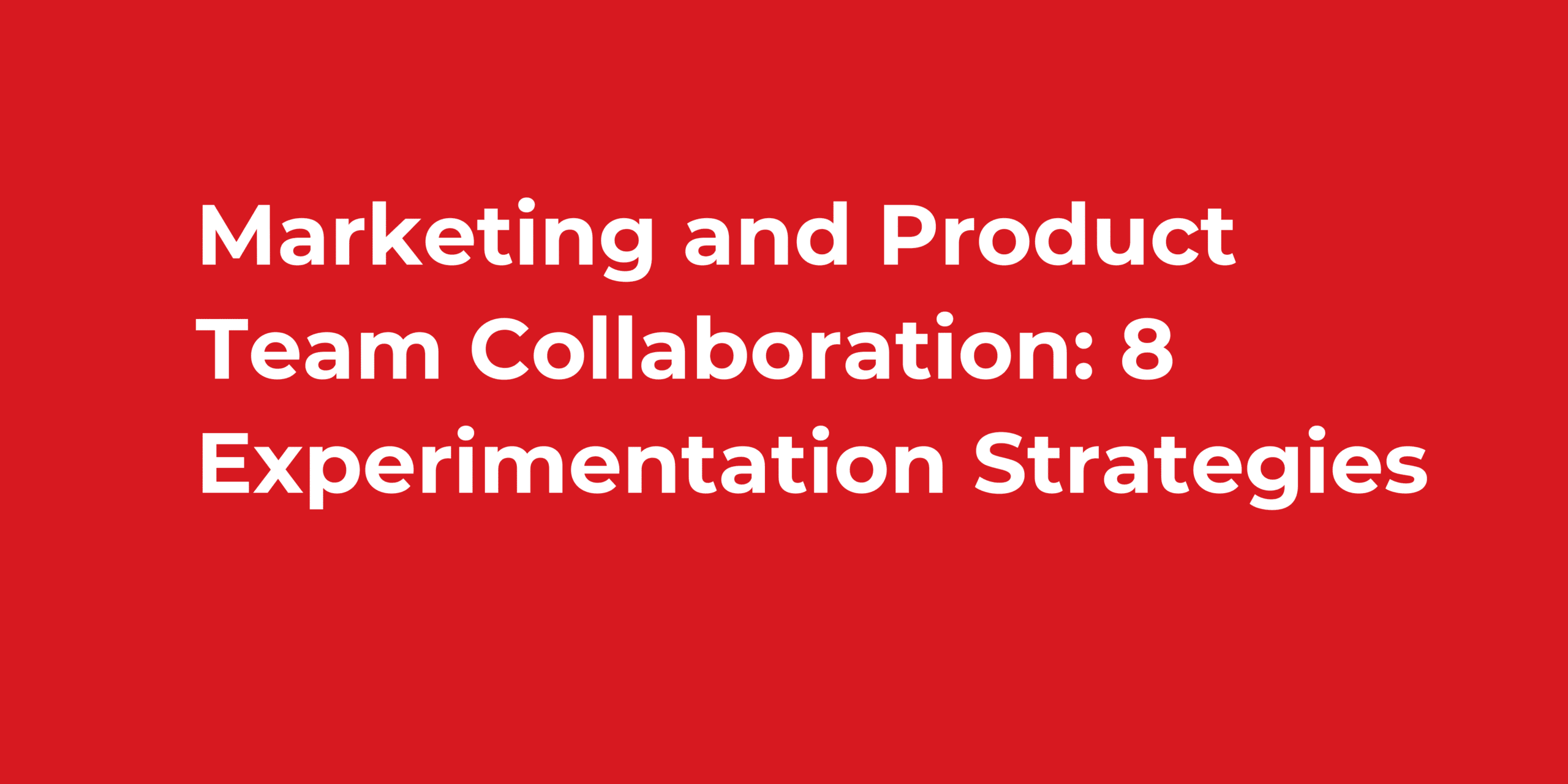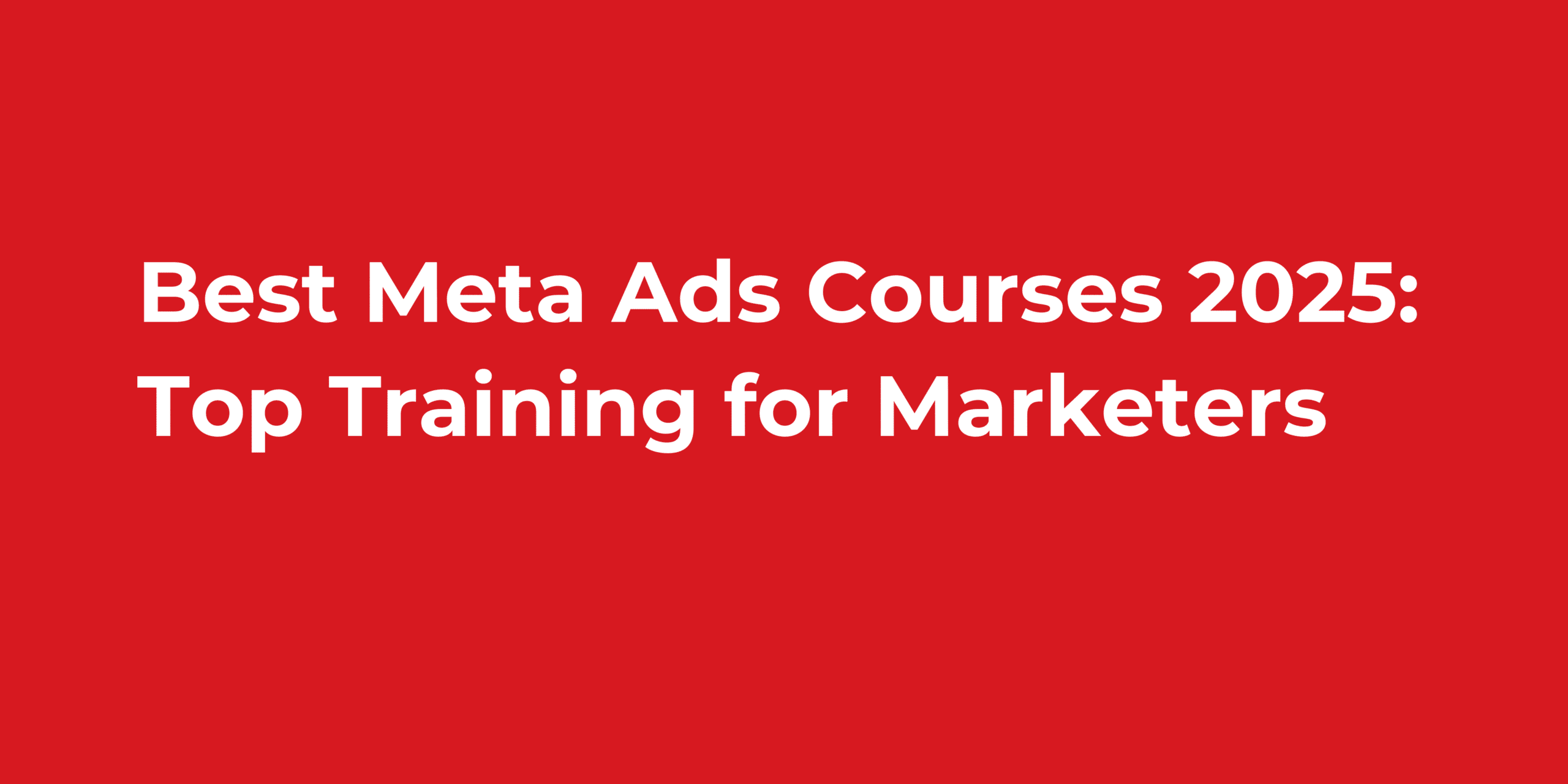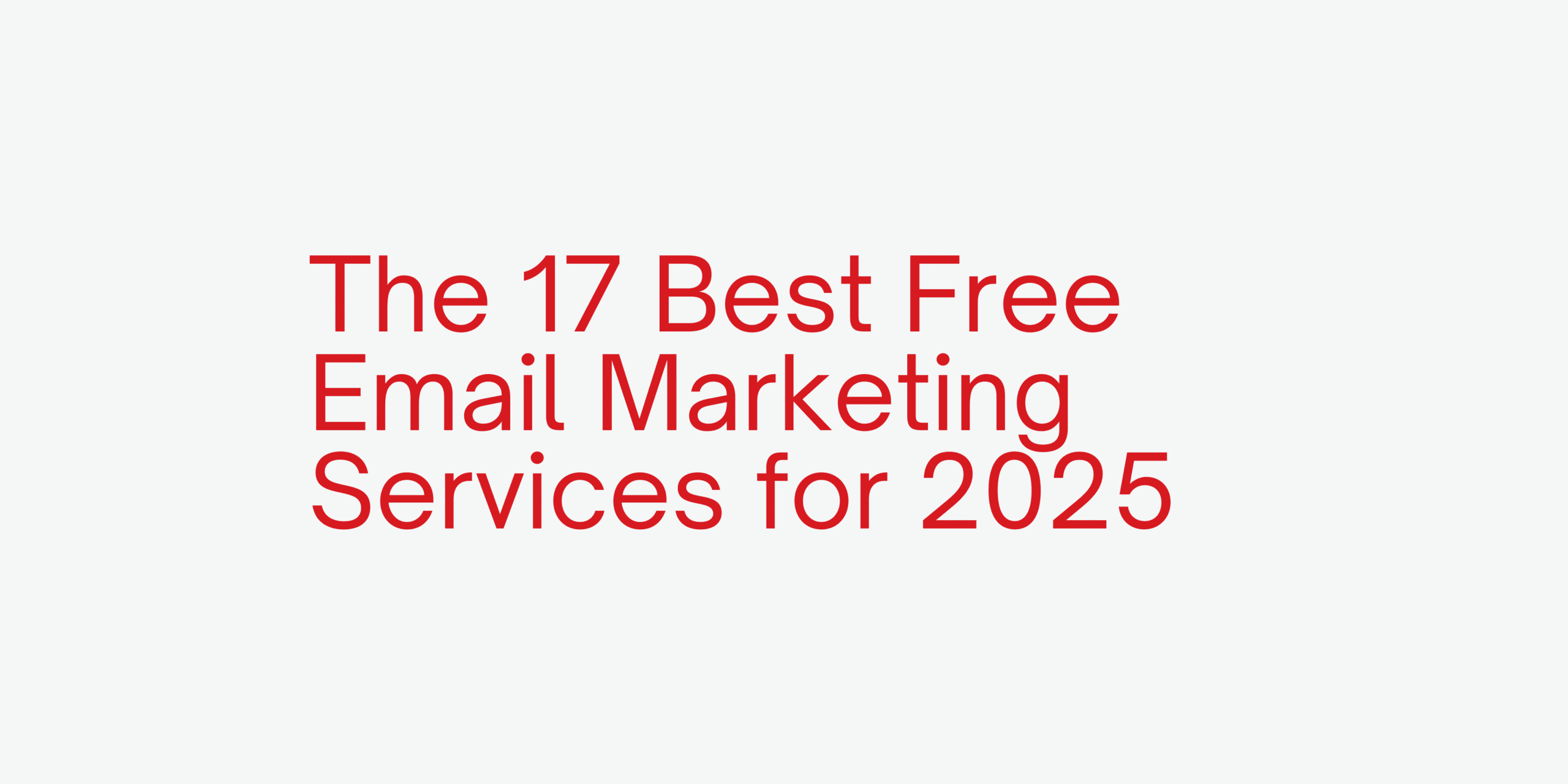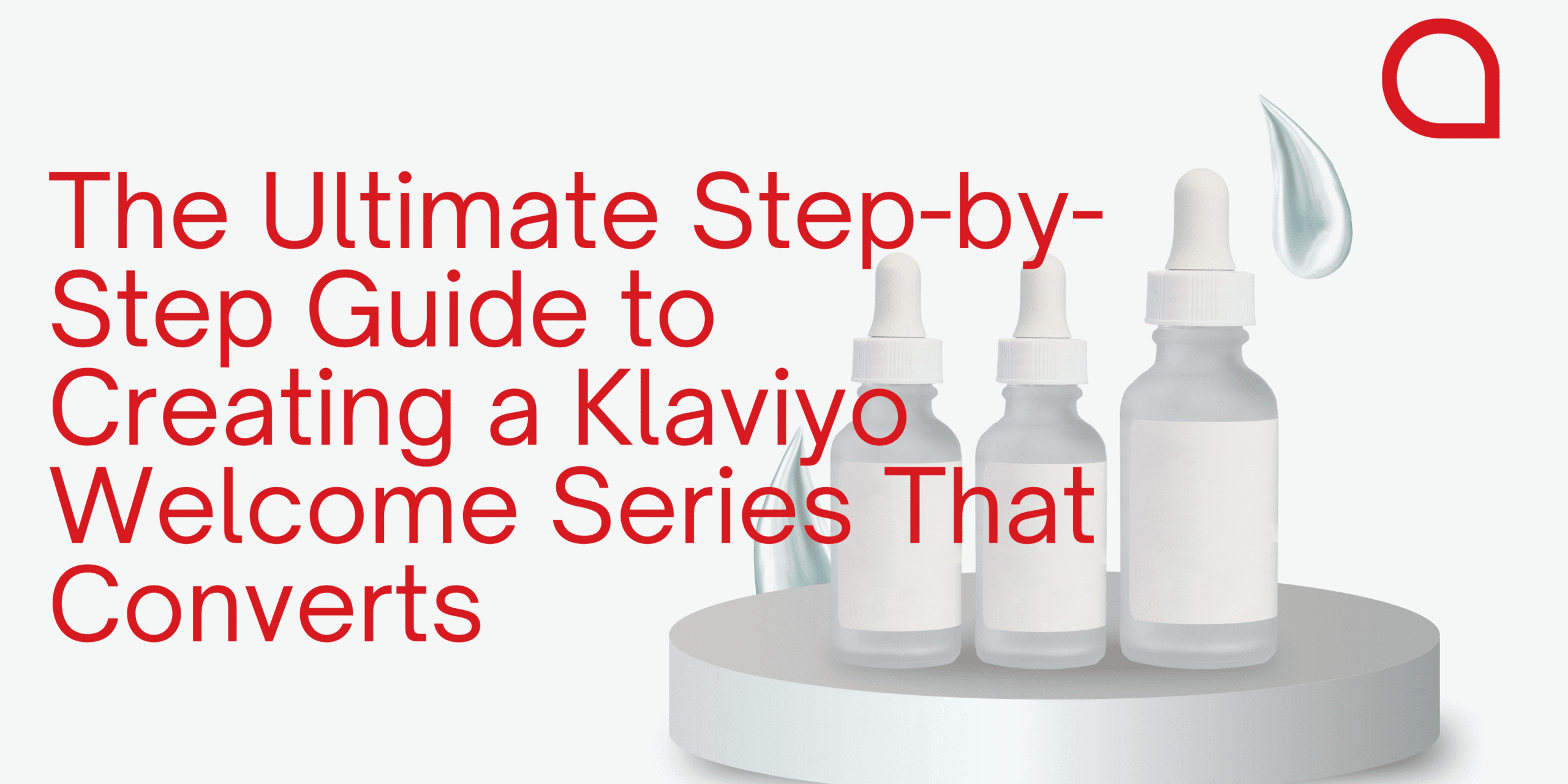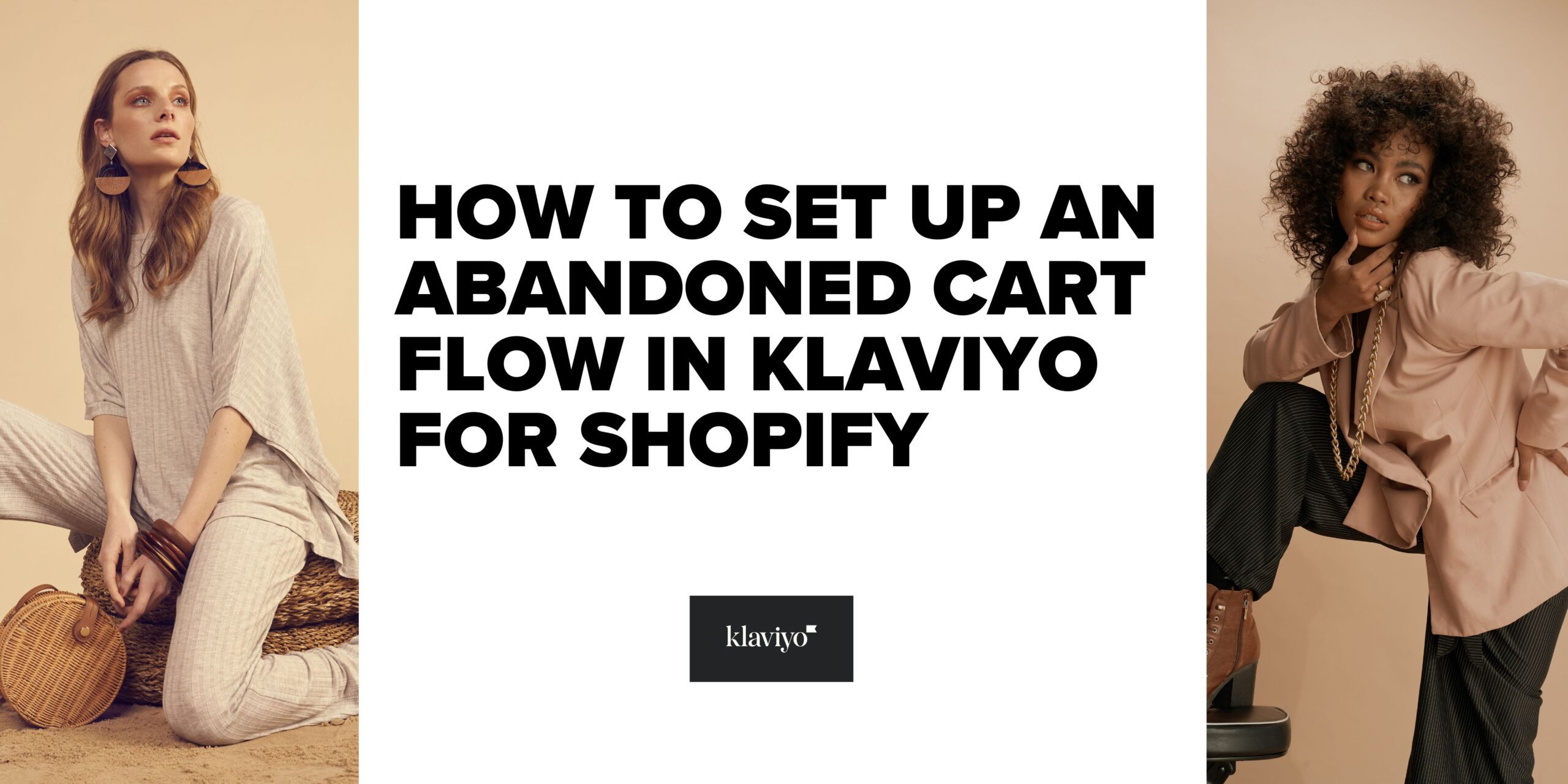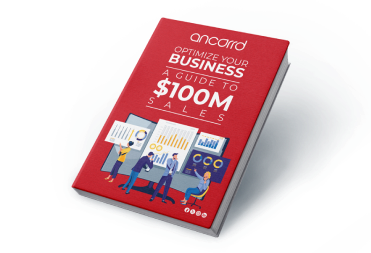Your Ideal Customer Profile shouldn’t read like a corporate horoscope. If your ICP includes phrases like “SMB and enterprise” simultaneously, you’re not targeting—you’re gambling with your marketing budget.
AI ICP targeting changes everything. Instead of guessing who your ideal customers are, you can use artificial intelligence to identify patterns, predict fit, and target accounts that actually convert. At Ancorrd, we’ve seen companies cut customer acquisition costs by 40% and boost conversion rates by over 200% using data-driven AI ICP targeting strategies.
Why Traditional ICP Development Fails
Most B2B companies don’t have an ICP problem—they have a bad ICP problem. According to research from CXL, the “Standard SaaS ICP” is so broad it covers thousands of companies that will never buy.
Consider PartnerStack’s original ICP: “B2B SaaS business that sells to businesses, sells a subscription, and runs partner programs.” This definition looked reasonable but was too vague to drive meaningful results.
The cost? Wasted ad spend, poor conversion rates, and sales cycles that go nowhere. Every dollar spent on imprecise targeting compounds waste across your entire go-to-market motion.
The Three Tiers of AI ICP Targeting
AI ICP targeting sophistication breaks down into three levels:
Tier 1: Basic Demographic Filtering
The entry point uses industry, headcount, and revenue bands. Simple to implement but lacks precision. You might group Airbnb with budget motels in “hospitality”—neither are your ideal customer.
Tier 2: Technographic and Intent Signals
Add technology stack data and behavioral intent signals like webinar registrations or content downloads. Better targeting, but still noisy since many accounts test tools without genuine buying intent.
Tier 3: Signal-Based AI ICP Targeting
The gold standard analyzes patterns between your best customers and worst fits. AI identifies signals that actually predict conversion rates and revenue—not just technologies used, but why those technologies matter to their business model.
This is where AI ICP targeting delivers transformational ROI. Conversion rate optimization experts know that precision targeting is the foundation of high-converting campaigns.
5 AI-Powered Workflows for ICP Targeting
These battle-tested workflows transform how you identify and target ideal customer profiles.
Workflow 1: AI Pattern Recognition Analysis
Pull your top 20 customers and 50 recently disqualified leads from your CRM. Feed this data to your AI with specific instructions to identify contrast patterns, not averages.
Key insights to extract:
- Technologies that differentiate winners from poor fits
- Business models and go-to-market motions
- Product categories and team structures
- Market positioning differences
If both segments use Google Analytics, that’s noise. If disqualified leads skew retail while winners are B2B SaaS—that’s a signal worth targeting.
Workflow 2: Intelligent Data Enrichment
AI ICP targeting requires the right data, not just more data:
- Company growth trajectory and funding stage
- Product categories and revenue models
- Tech stack revealing strategic priorities
- Team composition indicating buying power
- Competitive landscape positioning
Use AI to systematically scrape and analyze this across account lists. The goal: identify predictive signals that correlate with high conversion rates.
Workflow 3: Predictive Account Scoring
Create a weighted scoring model based on identified signals:
- A-tier accounts: 4+ critical signals, perfect fit
- B-tier accounts: 3 signals, strong fit
- C-tier accounts: 1-2 signals, questionable fit
- D-tier accounts: Zero signals, disqualify
Validate ruthlessly. If top customers score mostly A/B and lost deals score C/D, your AI ICP targeting model works. If not, adjust signals and retest.
According to conversion optimization research, proper audience segmentation can improve conversion rates by 20-45%.
Workflow 4: Continuous AI Model Refinement
AI ICP targeting isn’t static. Quarterly, feed new customer data and lost deals back into your model:
- What new patterns emerged?
- Which signals strengthened or weakened?
- Are market shifts affecting your ICP?
Your ICP should evolve with your market, not gather dust in a forgotten presentation.
Workflow 5: Campaign Testing and Validation
Build test campaigns targeting different score tiers. Track performance metrics:
- Response rates by tier
- Meeting-to-opportunity conversion
- Deal velocity and close rates
- Customer lifetime value
This validation proves your AI ICP targeting correlates with real pipeline quality, earning buy-in from skeptical sales teams.
The Human-AI Balance in ICP Targeting
AI excels at signal detection and data enrichment—parsing thousands of accounts, scoring intent, surfacing patterns that humans would miss.
But crafting compelling narratives and orchestrating multi-channel campaigns requires human judgment. AI might flag that an account switched CRMs. A human crafts messaging that resonates with the prospect’s specific pain points.
Don’t confuse automation with strategy. AI accelerates thinking—it doesn’t replace it. This balance is crucial for effective conversion optimization.
Avoid Performance Theater in AI ICP Targeting
Impressive-sounding tactics mean nothing without results. You could launch 100 personalized landing pages overnight, but if they don’t book meetings, you’re doing performance theater—not performance marketing.
True conversion rate optimization focuses on pipeline outcomes, not vanity metrics. It requires targeting accounts ready to engage and delivering messages addressing their specific challenges.
Your AI ICP Targeting Technology Stack
Execute these workflows effectively with:
- CRM Platform: Source of truth for customer and lead patterns
- Enrichment Tools: Clearbit, ZoomInfo for firmographic data
- Intent Tracking: Platforms surfacing behavioral buying signals
- AI Analysis: Large language models for pattern recognition
- Scoring System: Infrastructure operationalizing your ICP model
The stack matters less than the process. Build your AI ICP targeting process first, then select supporting tools.
The Ancorrd Approach to AI ICP Targeting
At Ancorrd, we don’t just help you build an ICP—we operationalize it across your entire revenue engine:
- Audit current ICP against actual revenue and conversion data
- Build AI-enriched models using your customer patterns
- Validate through testing before scaling campaigns
- Integrate with tech stack for seamless execution
- Continuously refine based on market feedback
Our clients typically see 40% lower customer acquisition costs and 60% larger deal sizes through better AI ICP targeting—not by spending more, but by targeting smarter.
Start Your AI ICP Targeting Journey Today
You don’t need an expensive data platform to begin. With a CRM and access to AI tools, you can start building better ICPs immediately.
Pull your customer list. Export disqualified leads. Ask better questions. Look for patterns, not gut feelings. Build hypotheses, then test ruthlessly.
AI ICP targeting isn’t about outsourcing strategy to algorithms. It’s about making your thinking sharper and faster so every marketing dollar compounds revenue instead of waste.
In B2B, your ICP is the domino that tips everything else. Sales efficiency, pipeline quality, conversion rates, deal size, retention—everything traces back to how sharply you’ve defined and consistently targeted the right customer.
Get AI ICP targeting wrong, and every marketing dollar compounds waste. Get it right, and every dollar compounds revenue growth.
Frequently Asked Questions About AI ICP Targeting
What is AI ICP targeting?
AI ICP targeting uses artificial intelligence to identify and analyze patterns in your customer data to create precise Ideal Customer Profiles. Instead of relying on broad demographics, AI analyzes signals from your best customers and disqualified leads to predict which accounts will convert, helping you reduce acquisition costs and improve conversion rates.
How does AI improve ICP targeting compared to traditional methods?
Traditional ICP targeting relies on basic demographics like company size and industry, which often leads to wasted ad spend on poor-fit accounts. AI ICP targeting analyzes hundreds of data points including technographics, behavioral signals, business models, and growth patterns to identify accounts with the highest conversion probability—typically improving targeting accuracy by 40-60%.
What tools do I need for AI ICP targeting?
You need four core components: a CRM platform with customer data, data enrichment tools (like Clearbit or ZoomInfo), intent tracking software, and AI analysis capabilities (like ChatGPT or Claude). However, you can start with just your CRM data and a large language model to begin identifying patterns before investing in expensive platforms.
How long does it take to see results from AI ICP targeting?
Most companies see initial insights within 2-3 weeks of implementing AI ICP targeting workflows. Measurable improvements in conversion rates typically appear within 60-90 days as you refine your model and adjust campaigns. Full optimization with significant ROI improvements usually takes 3-6 months of continuous testing and refinement.
Can AI ICP targeting work for small businesses?
Absolutely. AI ICP targeting is particularly valuable for small businesses with limited marketing budgets. By targeting only high-fit accounts, small businesses can compete more effectively against larger competitors. You don’t need thousands of customers to start—even 20-30 customer records can reveal valuable patterns when analyzed properly with AI.
What’s the ROI of implementing AI ICP targeting?
Companies using AI ICP targeting typically see 40% reduction in customer acquisition costs, 50-200% improvement in conversion rates, and 30-60% increases in average deal size. The exact ROI depends on your current targeting accuracy, but most businesses achieve positive ROI within the first quarter of implementation.
How often should I update my AI ICP targeting model?
Review and update your AI ICP targeting model quarterly at minimum. Feed new customer data, lost deals, and market changes back into your AI analysis. High-growth companies or those in rapidly changing markets should review monthly. The key is treating your ICP as a living document that evolves with your business and market conditions.
Does AI ICP targeting replace my sales team?
No. AI ICP targeting enhances your sales team’s effectiveness by ensuring they spend time on high-fit accounts instead of chasing poor prospects. AI handles data analysis and account scoring, while your sales team focuses on relationship-building and closing deals with qualified prospects—a collaboration that typically doubles sales productivity.
Related Resources
- Conversion Rate Optimization Services
- Why Choose Ancorrd for CRO
- CXL Institute Research on ICP Development
Ready to transform your ICP from guesswork to precision? Ancorrd specializes in AI-powered conversion optimization that delivers measurable pipeline growth. Book a free consultation to discover what’s broken in your targeting and how AI ICP targeting can fix it.
